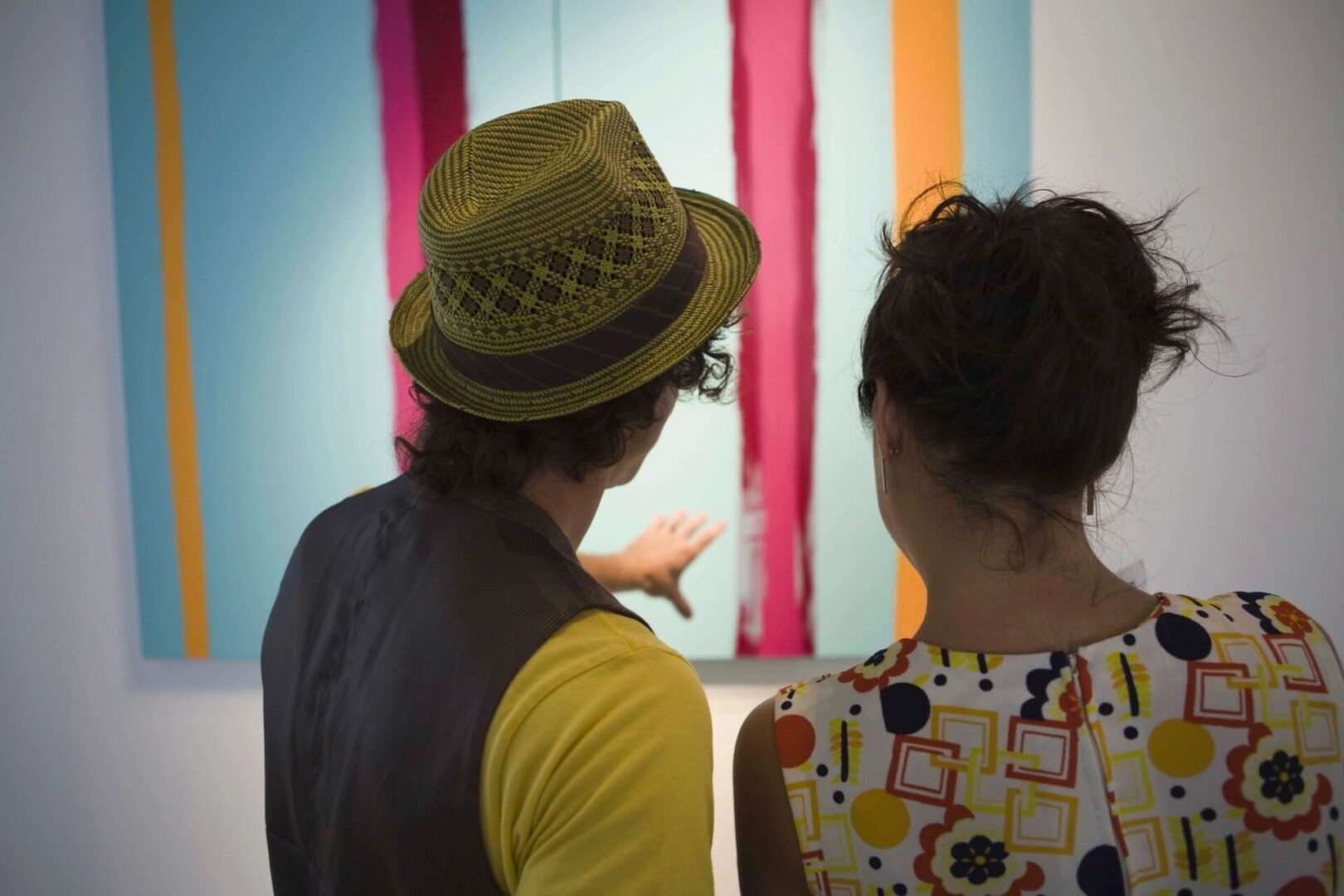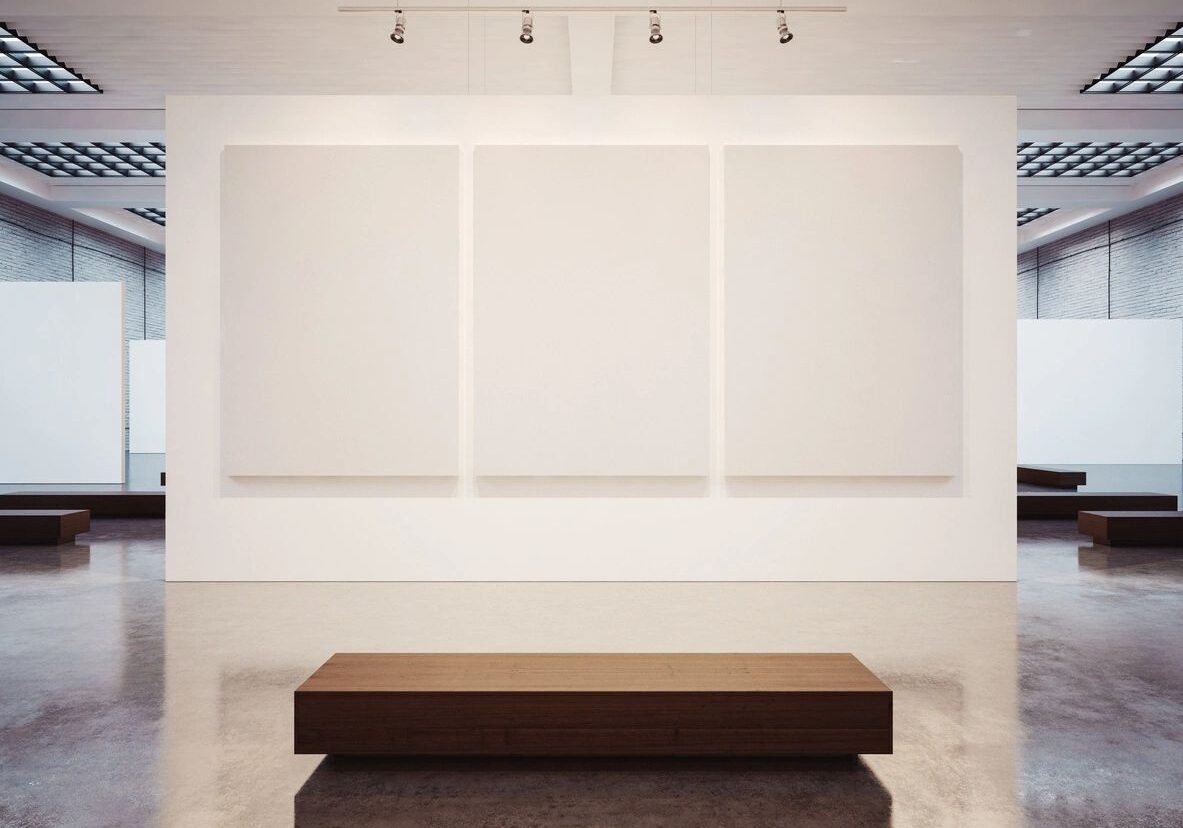Importance of Art Education
E&S Gallery, Inc. believes in the benefits of art education and it starts with knowing the basic terminology:
Common practice is that 10 to 15 percent of an edition is reserved for the artist. These proofs are identical to impressions in the edition in most instances. Print Marking example: A/P “1/35″ is the first print of an edition of 35 Artist Proof impressions.
The print contains no harmful acid or alkaline that may affect the life of the paper or quality of the image printed.
A document issued with limited edition prints, with the print published date, size of the image, original art media, number of the prints in the edition, a statement about the work from the artist, and the fact that the plates have been or will be destroyed to close the edition.
An image created by the artist on a metal plate by means of engraving tools and acid. This produces the sunken line which will receive the ink. As the plate is inked, the ink settles in the sunken areas. The plate is then wiped clean. The plate, in contact with damp paper is passed through a roller press, and the paper is forced into the sunken area to receive the ink.
A fine art print that has become more precise with the advent of the revolutionary printing process Giclee (zhee-clay), a French term meaning “spray of ink.” In the Giclee process, a fine stream of ink (more than four million droplets per second) is sprayed onto archival art paper or canvas. Each piece of paper or canvas is carefully hand-mounted onto a drum which rotates during printing. Exact calculation of hue, value, and density direct the ink from four nozzles. This produces a combination of 512 chromatic changes (with over three million colors possible) of highly saturated, nontoxic water-based ink. Since no screens are used in Giclee printing, the prints have a higher resolution than lithographs and the dynamic color range is greater than serigraphs.
Hors de Commerce (Not for trade) traditionally were the graphics pulled with the regular edition but marked by the artist for business use only. These graphics were used for entering shows, exhibits, samples, etc. Today, however, since people began to acquire and collect them, these graphics now generally find their way to the marketplace through regular channels and are sold. Example H/C 1/10.
A fixed number of identical prints of an image, signed by the artist, sequentially numbered, and showing both the print’s number and the total edition size. Each print is referred to as a “limited edition print.”
A print produced by a printing process in which the image to be printed is rendered on a flat sheet or metal plate or stone, and treated to retain ink while the non-image areas are treated to repel ink.
Medium is the material or technical means of artistic expression. Examples include oils, watercolors, acrylics, ink, pencil, and charcoal. Technical examples include lithography, serigraphy, and Giclee. Mixed media is the use of two or more materials and/or technical means.
A mechanical process used to photographically reproduce an image.
The quantity of prints reproduced is not limited. As long as the image is in demand, it will be reprinted.
The first of a work, typically the painting from which prints are made. It may also be used to describe the landmark work of an artist.
Common practice by many printers is that a small number of impressions are made for their review. These proofs are marketed and are identical impressions to the edition in most instances. Print Marking example: P/P “1/20″ is the first print of an edition of 20 Printers Proof impressions.
One hundred percent rag paper are constructed of cotton fibers. Traditionally considered museum quality. Watercolor paper and most printmaking papers are examples of archival rag paper.
A current practice by some artist is the addition of a small personalized drawing near his penciled signature in the margin of the graphic. The simple sketch or drawing is usually rendered in pencil, but can be rendered in color. A print containing one of these hand embellishments or drawings is called a Remarque. Print marking example: RE “1/25″ is the first print of an edition of 25 Remarques. By art market standards, Remarques usually rank higher in value to S/N’s (re-mark).
A print made by the silk screen process involving the use of stencils. Paint is applied to a fabric screen, penetrating areas not blocked by a stencil. Several stencils are used to produce a multicolored print. As a commercial medium, silk screen printing has been used by modern artists such as William Tolliver.
Prints that are authenticated with the artist’s signature, the total number of impressions in the edition, and the order in which impression is signed. Numbering example: L/E “5/350” indicates the fifth print of a limited edition of 350 impressions.
When a limited edition is no longer available, it is termed Sold Out. When an image sells out, it usually will begin to appreciate in value depending upon resale or trade in the secondary market. In the art market, a red dot on a piece symbolizes that it has been sold.
A relief technique in which a design is cut with knives, gouges, or chisels into planks of wood parallel to the wood grain. Wood engraving is a relief technique in which a design is cut with burins, gouges, or chisels into the end grain of a hard wood block.

Proper Care for Your Investment:
Protect Your Art
Unframed art, particularly loose canvases, prints, or works on paper, should be rolled in acid-free paper or tissue paper and stored in a heavy-duty tube. Framed works should be stored in a heavy-duty corrugated cardboard box. Make sure that the corners of the frames are well protected with cardboard or foam corner guards.
Art usually required minimal cleaning. An occasional dusting will do. Use a feather-duster or clean, dry cotton rag to remove surface dust. Never use a household cleaner or liquid cleaning agent of any kind.
Once your art is framed, it may be very heavy, depending on the size. Use wall anchors when hanging art on to drywall or hammer your nail into wall studs for extra support.
Try to hang your art so that it is not in direct sunlight. This may be tricky, I know, because not all walls are in shaded areas of your home. But, hanging your art out of direct sunlight will prolong its life as well as reduce discoloration or fading. If you intend to hang your art in a sunlit area, talk to your framer about UV protective glass.


